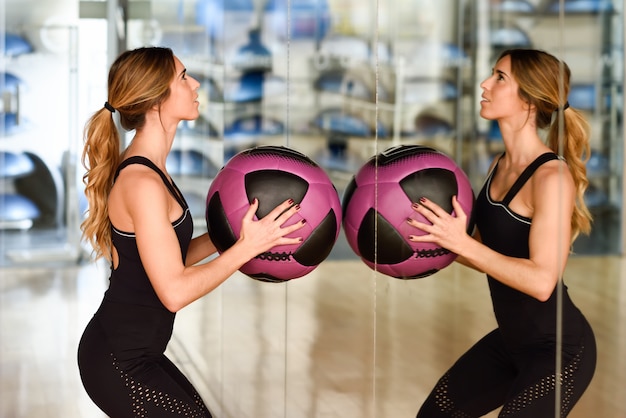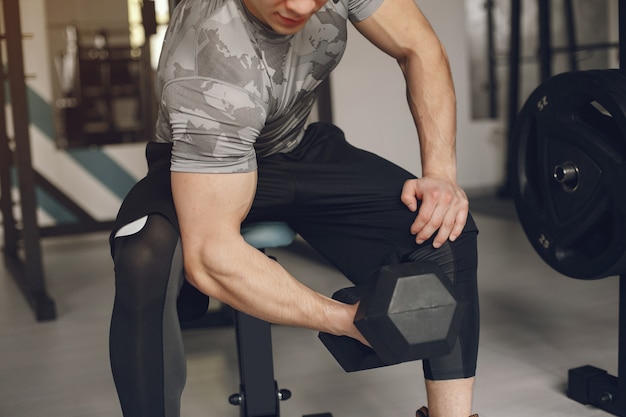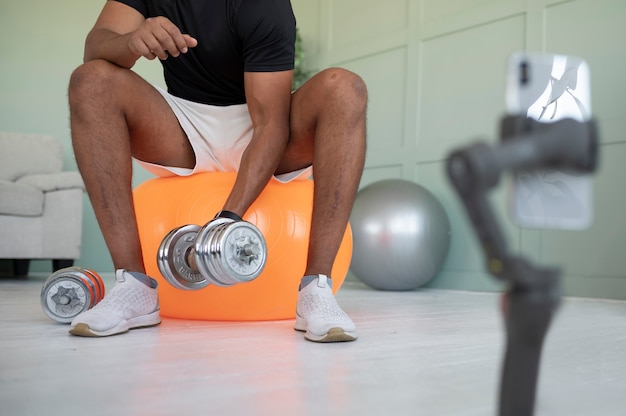When it comes to strength training, two of the most popular tools are kettlebells and dumbbells. But if you're managing knee pain and aiming to support hormonal balance, your choice of equipment matters more than you think. Both tools offer unique benefits, but which one is better suited for your goals—especially when joint comfort and long-term health are priorities?
In this guide, we’ll compare kettlebells and dumbbells in the context of hormone regulation and knee-friendly workouts. You’ll also find practical advice, tracking ideas, and motivation cues designed specifically for those with knee discomfort.
Resistance training plays a crucial role in regulating key hormones like cortisol, insulin, testosterone, and growth hormone. Short, intense workouts—especially those involving compound movements—can boost anabolic (muscle-building) hormones while reducing chronic stress markers.
Both kettlebells and dumbbells can support these outcomes, but the way they’re used impacts intensity, joint stress, and neuromuscular engagement—factors that indirectly influence hormonal health.

Kettlebells are known for dynamic, full-body movements like swings, cleans, and snatches. These exercises engage large muscle groups and elevate heart rate, creating a metabolic effect that can positively influence insulin sensitivity and growth hormone release.
However, many kettlebell exercises involve hip hinging and squatting patterns. For individuals with knee pain, improper form or excessive volume can aggravate joint stress—especially during ballistic movements.
The good news? When modified properly, kettlebell swings can be performed with minimal knee bend, focusing on hip drive. This reduces strain while still delivering cardiovascular and hormonal benefits.
Dumbbells allow for more controlled, isolated movements. Exercises like seated shoulder presses, chest presses, and single-arm rows can build strength without placing undue stress on the knees.
Because dumbbell workouts are typically less ballistic, they produce a steadier hormonal response—ideal for those sensitive to cortisol spikes from high-intensity training. They’re also easier to scale for limited mobility.
For people with knee pain, dumbbells offer the flexibility to train while seated or lying down, minimizing joint load while still stimulating muscle and hormone activity.

Since hormonal changes aren’t immediately visible, tracking non-scale indicators is essential. Here’s how to monitor your progress:
Rate your daily energy and mood on a 1–10 scale. Improvements over 4–6 weeks may reflect better cortisol regulation and endocrine function.
Use a journal or app to log sleep duration and quality. Deep, restorative sleep supports growth hormone release and recovery.
Rate knee pain before and after workouts (0–10 scale). A downward trend means your routine is joint-friendly.
Mark each completed session on a calendar. Consistency is a strong predictor of long-term hormonal and musculoskeletal health.
Staying consistent matters more than perfection. Use these cues to stay on track:
For most people with knee pain aiming to balance hormones, dumbbells offer a safer, more adaptable starting point. They allow controlled, joint-friendly movements that still stimulate beneficial hormonal responses.
Kettlebells can be incorporated later, with proper coaching and modifications, to add metabolic variety. But if knee pain is persistent or severe, prioritize low-impact, sustainable strength training over intensity.
Ultimately, the best tool is the one you can use consistently without pain. Whether it’s a kettlebell or dumbbell, the key is regular, mindful movement that supports both your joints and your hormonal health.

Fitness

Fitness

Fitness

Fitness

Health

Wellness

Wellness

Fitness

Fitness

Fitness

Fitness

Wellness

Health

Fitness

Health

Health